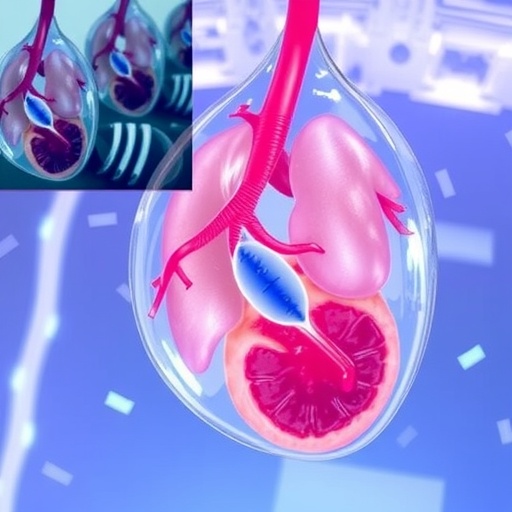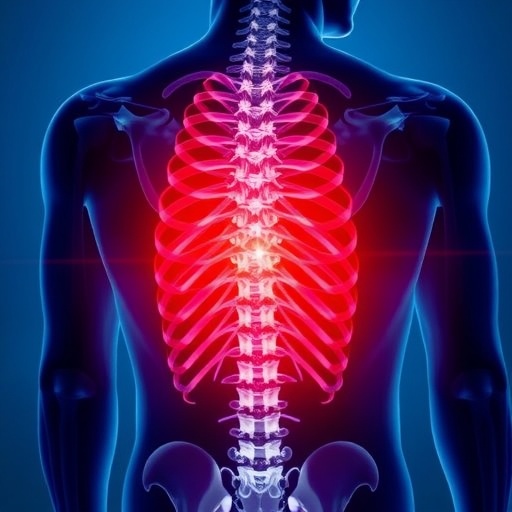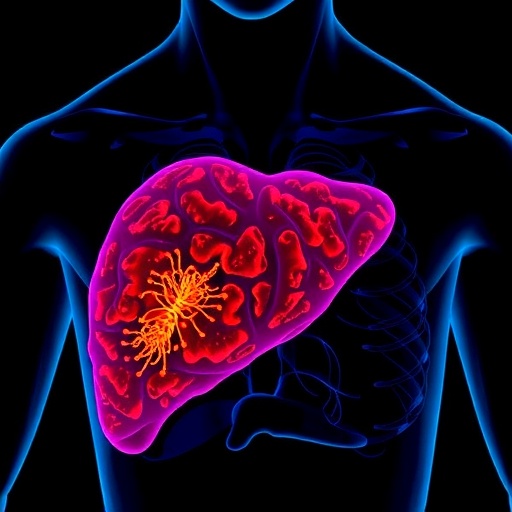In recent years, the quest to preserve biological tissue at subzero temperatures without compromising its integrity has taken center stage in biomedical research. Cryopreservation, a method that cools biological samples to extremely low temperatures to pause cellular metabolism, has long been hailed as a potential game-changer for organ transplantation, regenerative medicine, and biodiversity conservation. Despite its promise, the field has faced formidable challenges, particularly when scaling up from small tissues and cells to larger, more complex organs. A team of researchers at Texas A&M University, led by Dr. Matthew Powell-Palm from the J. Mike Walker ’66 Department of Mechanical Engineering, has revealed a breakthrough approach that may finally overcome one of cryopreservation’s most deadly obstacles: thermal stress cracking.
Cryopreservation’s history spans nearly a century, but its practical application in organ transplantation has remained elusive. The landmark achievement by the University of Minnesota in 2023, successfully transplanting a cryopreserved kidney into a rat, pushed the field forward but also underscored the intricacies involved. Larger organs are vulnerable to cracking—a phenomenon caused by uneven cooling rates and stresses generated within tissues. These cracks can irreversibly damage cellular architecture, rendering preserved organs unusable. Addressing this mechanical failure demands a deep understanding of the physical underpinnings of vitrification solutions and their behavior at subzero temperatures.
Vitrification, central to cryopreservation, involves transforming a biological sample and its surrounding medium into a glass-like, amorphous solid by rapid cooling, bypassing the formation of damaging ice crystals. This process requires the immersion of organs in a specialized cryoprotective solution that solidifies without crystallization. However, the physical characteristics of this solution, especially its glass transition temperature (Tg), play a crucial role in determining the risk of cracking. Dr. Powell-Palm’s team hypothesized that adjusting the glass transition temperatures of aqueous solutions could mitigate thermal stress-induced fractures during freezing.
To explore this hypothesis, the Texas A&M team conducted extensive experimental studies analyzing the thermomechanical properties of various cryoprotective mixtures. They discovered that increasing the glass transition temperature effectively lessened the propensity for cracking in these solutions. This pivotal insight suggests that by fine-tuning the composition of vitrification media to achieve higher Tg values, the mechanical stresses on preserved organs during cooling can be minimized. This forms the foundation for a new generation of vitrification solutions optimized not only for biological compatibility but also for structural resilience during freezing.
Dr. Powell-Palm emphasized the multifaceted nature of the problem, stating that while cracking presents a significant hurdle, the biocompatibility of cryoprotectant solutions remains equally paramount. Solutions must prevent mechanical damage without inflicting chemical or osmotic harm on the delicate tissue cells. Striking this balance requires an integration of disciplines, merging physical chemistry principles with biophysical insights. Their study represents a comprehensive investigation blending glass physics, thermomechanics, and cryobiology to generate solutions that preserve functionality at both molecular and macroscopic scales.
This breakthrough research carries profound implications beyond the realm of organ transplantation. Effective cryopreservation technologies can revolutionize biodiversity conservation by facilitating the storage of endangered species’ tissues, enable more stable vaccine formulations by slowing down molecular degradation, and reduce food waste by extending shelf life through freezing techniques that avoid cell rupture. The ability to reliably vitrify and store larger biological samples could ignite transformative advancements across life sciences and medical fields worldwide.
In reflecting on the broader significance, co-author and Department Head Dr. Guillermo Aguilar highlighted how the research opens opportunities for increased viability of biological systems spanning from single cells to whole organs. The thermodynamic principles elucidated in this study provide a foundational understanding necessary for engineering cryoprotective solutions with enhanced mechanical integrity. This inter-disciplinary synergy exemplifies how mechanical engineering’s holistic approach can unravel complex biological challenges, creating pathways toward practical applications previously deemed unattainable.
The research team, composed of graduate students Soheil Kavian, Crystal Alvarez, Ron Sellers, and undergraduate Gabriel Arismendi Sanchez, meticulously applied rigorous experimental methodology and thermodynamic modeling to dissect the relationships governing thermal stresses. Their combined expertise in physical chemistry and mechanical engineering enabled them to design innovative experiments that simulate the extreme conditions experienced by organs during vitrification. Such collaborative efforts underscore the importance of integrating diverse scientific perspectives to tackle the multifaceted challenges in cryopreservation.
This study was conducted as part of the National Science Foundation’s Engineering Research Center for Advanced Technologies for the Preservation of Biological Systems, which supports cutting-edge cryopreservation research. The interdisciplinary funding reflects the urgency and high stakes associated with extending the lifespan of biological materials vital to human health and ecological preservation. As the field advances, such institutional support will remain critical in translating laboratory discoveries into clinical and environmental solutions.
Looking forward, the team is poised to refine their cryoprotectant formulations, aiming to optimize both mechanical properties and biocompatibility. Further investigations will explore how varying compositional parameters affect vitrification kinetics, cellular viability
Tags: biodiversity conservation through cryopreservationcellular metabolism and cryopreservationchallenges in cryopreserving large organscryopreservation techniques for organ preservationDr. Matthew Powell-Palm research contributionsfuture of organ transplantation technologyinnovative methods in biomedical researchmechanical engineering in biomedical applicationsovercoming organ preservation obstaclesregenerative medicine advancementsTexas A&M University organ preservation researchthermal stress cracking in cryopreservation





